
X-rays

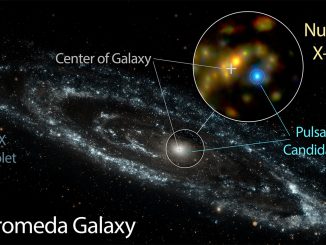

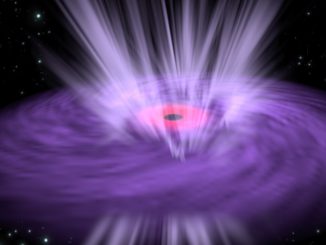
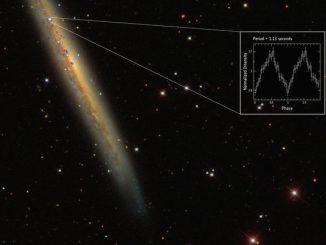
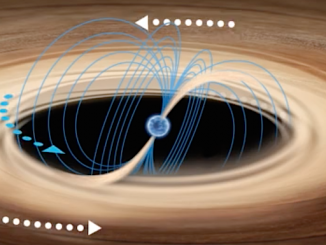
Mind the gap: ‘Rapid Burster’ behaviour explained
Scientists observing a curious neutron star in a binary system known as the ‘Rapid Burster’ may have solved a forty-year-old mystery surrounding its puzzling X-ray bursts. They discovered that its magnetic field creates a gap around the star, largely preventing it from feeding on matter from its stellar companion.

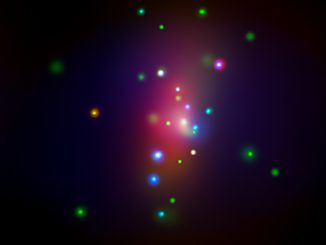
NuSTAR finds new clues to ‘chameleon supernova’
“We’re made of star stuff,” astronomer Carl Sagan famously said. Nuclear reactions that happened in ancient stars generated much of the material that makes up our bodies, our planet and our solar system. When stars explode in violent deaths called supernovae, those newly formed elements escape and spread out in the universe.
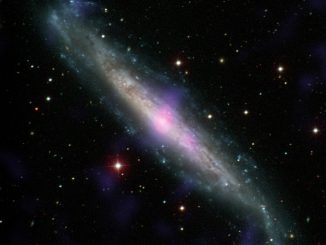
Black holes hide in our cosmic backyard
Monster black holes sometimes lurk behind gas and dust, hiding from the gaze of most telescopes. But they give themselves away when material they feed on emits high-energy X-rays that NASA’s NuSTAR mission can detect. That’s how NuSTAR recently identified two gas-enshrouded supermassive black holes, located at the centers of nearby galaxies.

Chorus of black holes sings in X-rays
Supermassive black holes do not give off any of their own light, hence the word “black” in their name. However, many black holes pull in surrounding material and emit powerful bursts of X-rays. Collectively, these active black holes can be thought of a cosmic choir, singing in the language of X-rays. Their “song” is what astronomers call the cosmic X-ray background.
